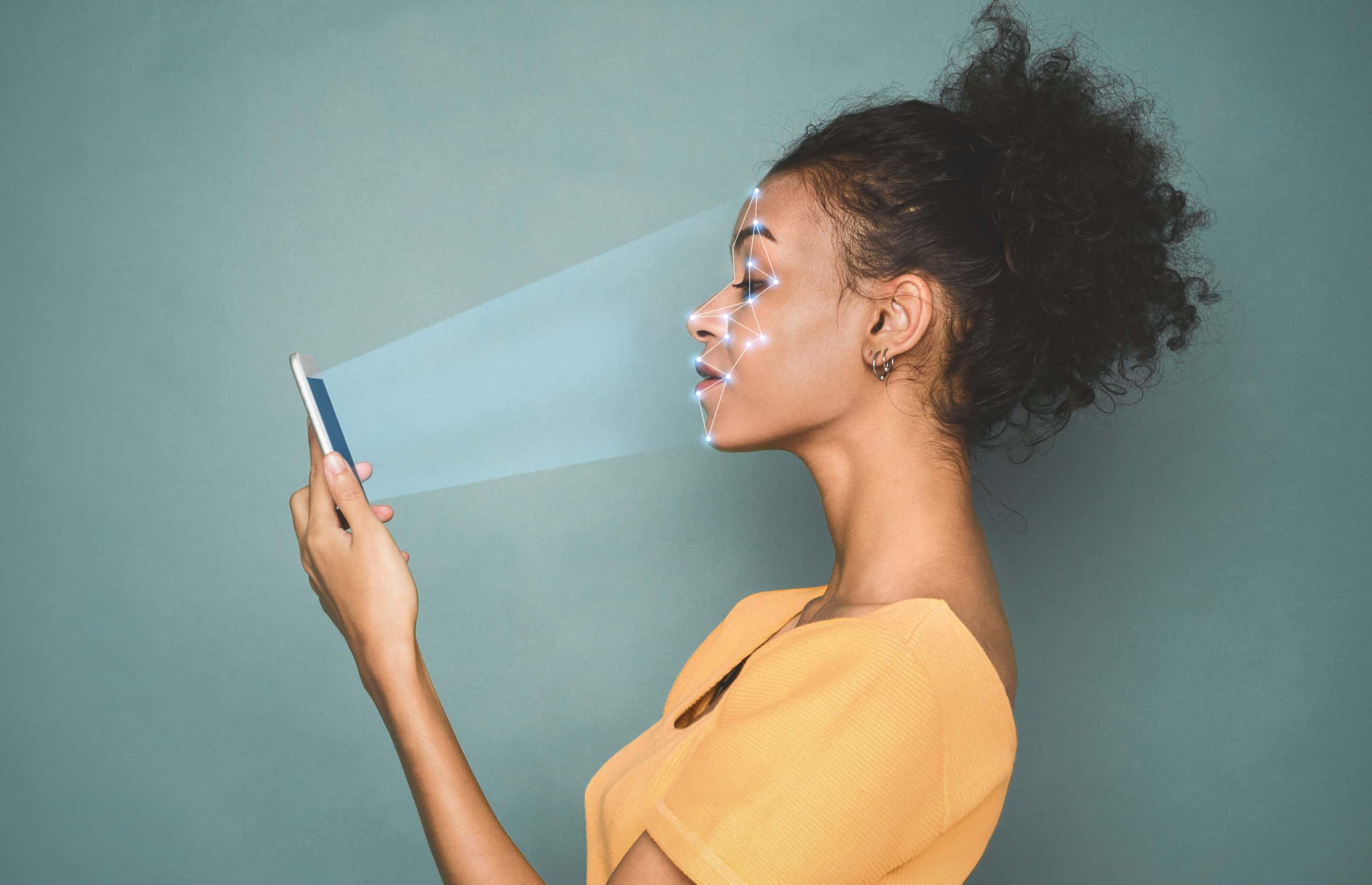Identity confirmation is one of the most basic forms of security when it comes to payment processing. When it comes to big purchases through a credit card, it’s always in the best interests of both the customer and the retailer to ensure that the right credit card is in the right hands, and a voluntary purchase is being legally transacted.
Fighting Credit Fraud & Identity Theft
Credit fraud and identity theft may be thought of as “harmless” insofar as there’s no violence involved, but the time and expense required to sort out—and compensate—retailers and consumers that have been victimized by this type of crime inconveniences everyone at multiple levels of the retail chain.
Biometric ID Authentication
We’ve already seen that “biometric” identification systems are an extremely reliable way to discourage identity theft. After all, it may be easy to steal an actual wallet with credit cards in it, but unless a criminal has access to extensive facilities, it’s much more difficult to steal and replicate a fingerprint. Up until now, fingerprint recognition systems have been one way some pioneering companies—like Apple—have been experimenting with more secure forms of ID confirmation for transactions.
But now MasterCard is experimenting with a small group of consumers and a new phone app that handles biometric ID through that most 21st century of all forms of behavior, taking a “selfie.” In other words, by using your phone to photograph your face, facial recognition software confirms that you are the legal owner of a credit card before approving the transaction.
As an added security measure, this is not actually a photograph you are taking, but a video scan, meaning the app actually requires users to blink once during the process, in order to confirm that a photo isn’t just being held up to the camera. While this is still in the early stages of testing, it does bring to light an important aspect of transactions in the 21st century.
Using Biometric ID for Payment Processing Security
There is no such thing as a 100% foolproof way to prevent credit fraud, but by using increasingly more sophisticated and complex systems—like biometric confirmation—the expense required by the average criminal in order to circumvent these safeguards usually means it’s no longer worth the time and money required just to steal the identity of the average, random consumer.
Biometric IDs combined with credit card processing are one way to protect both the consumer and the businesses consumers interact with. It will be interesting to see whether fingerprints, facial recognition or some other kind of biometric identification can make credit transactions faster, safer and more secure than ever before.





